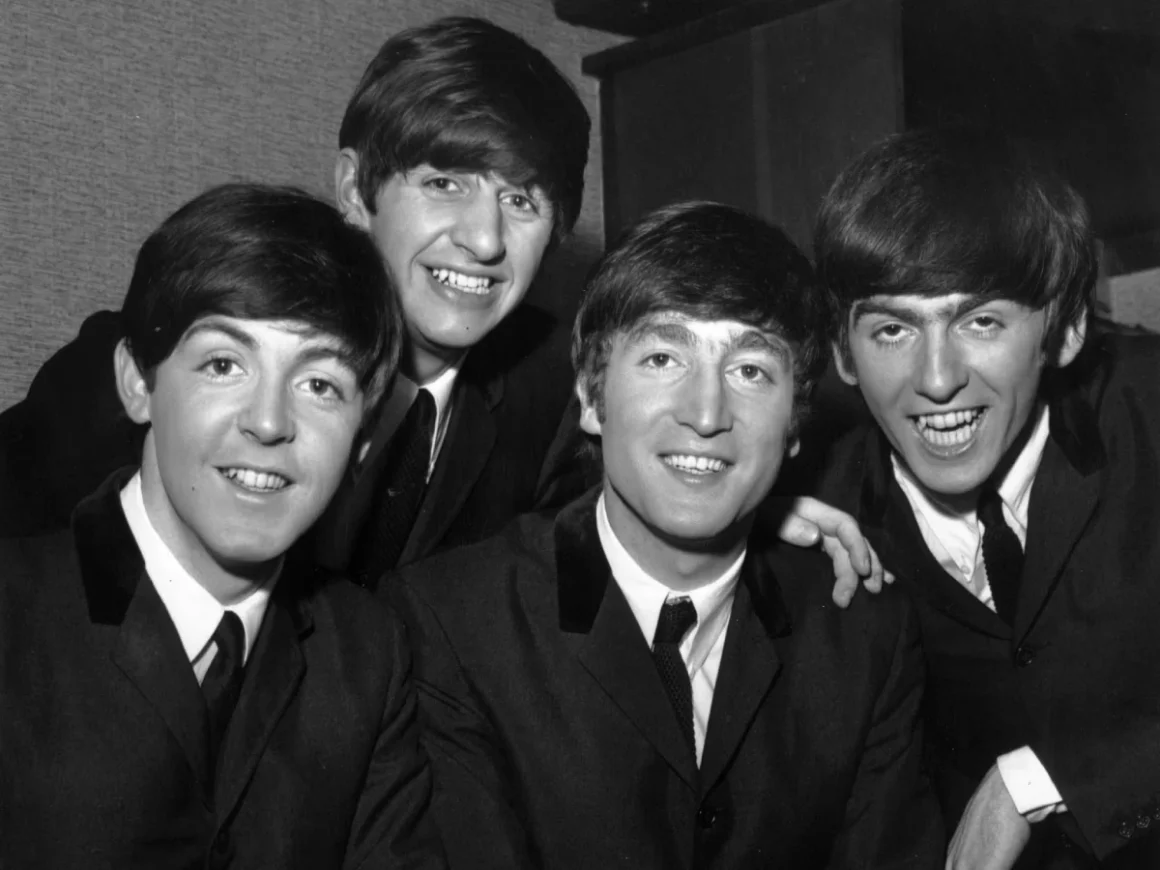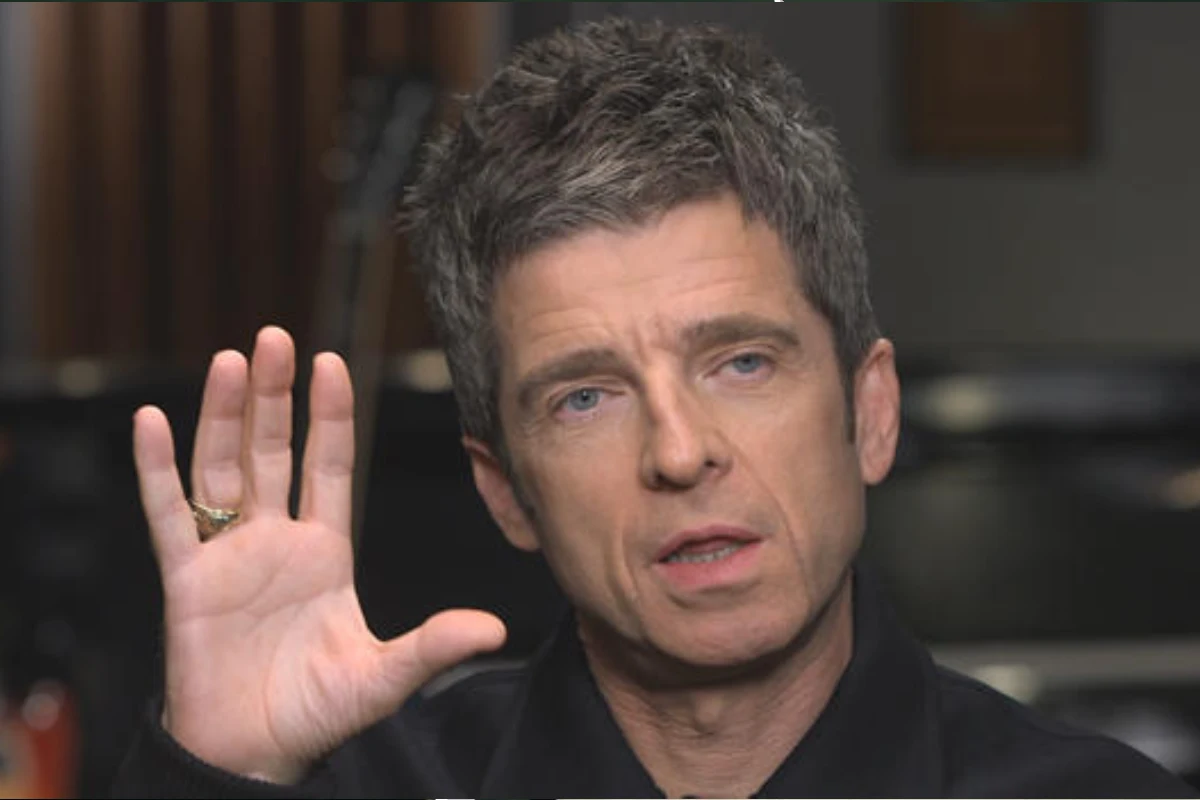There is no universal rule that require unity among members of all rock bands. While some bands maintain a Three Musketeers-style camaraderie throughout their work, an equal number prefer to keep their distance from bandmates once they leave the stage. While spending time with any member of The Beatles usually results in wonderful memories for most musicians, a few were less than thrilled with the prospect of performing alongside the Fab Four.
The Beatles were changing into a very different band by the late 1960s. For all of the great teenybopper music they could produce in the first half of the decade, John Lennon and Paul McCartney were already releasing landmark works that expanded the definition of rock on albums such as Rubber Soul and Revolver.
When the band left the road, there were questions about what they’d do next. Since no other group had released records without touring, The Beatles began using the studio as a songwriting workshop. They worked meticulously at Abbey Road Studios until they had a recording they were proud of.
Lennon would be the first to showcase new material for the band’s experimental phase. He performed the foundation of ‘Strawberry Fields Forever’ at one of their first meetings after returning from the road. McCartney matched his writing partner’s experimentation with ‘Penny Lane’. However, it wasn’t until ‘A Day in the Life’ that they deviated from traditional song structures.
Having experimented with genres, Lennon and McCartney aimed to elevate rock to high art in a song. The composition concluded with a cinematic crescendo from an orchestra. Even though the group had previously used classical instruments in their songs, the musicians called in for the session were not thrilled with what they were asked to do.
Most musicians became confused by how unconventional the song was. They received instructions to move from the lowest note on their instrument to the highest without overlapping. Although many salaried employees went along with it, engineer Geoff Emerick remembered how tense the studio environment was at the time.
In his memoir Here There and Everywhere, Emerick described a few classical musicians who objected to The Beatles’ ideas. He said, “The general response wasn’t so much outrage as dismay. The musicians understood their role, but were dissatisfied with the tasks assigned to them. It wasn’t particularly dignified, and they despised it.”
Despite years of sightreading practice, the musicians delivered masterful improvisations throughout the song. It allowed Sgt Pepper to gradually build twice before concluding with a magnificent piano chord. The session musicians favored the traditional method of recording records, but ‘A Day in the Life’ aimed to surpass tradition in every aspect.








